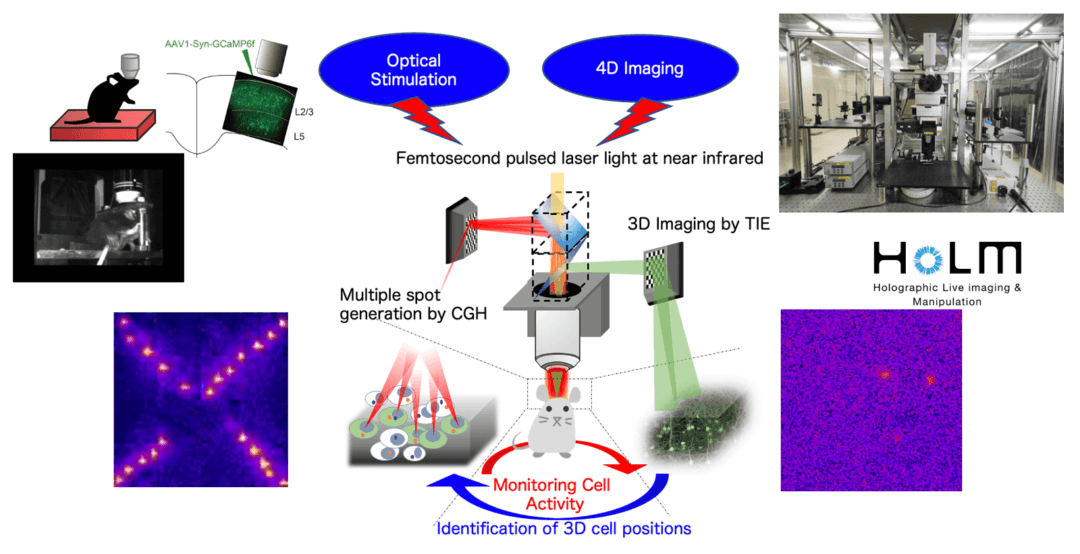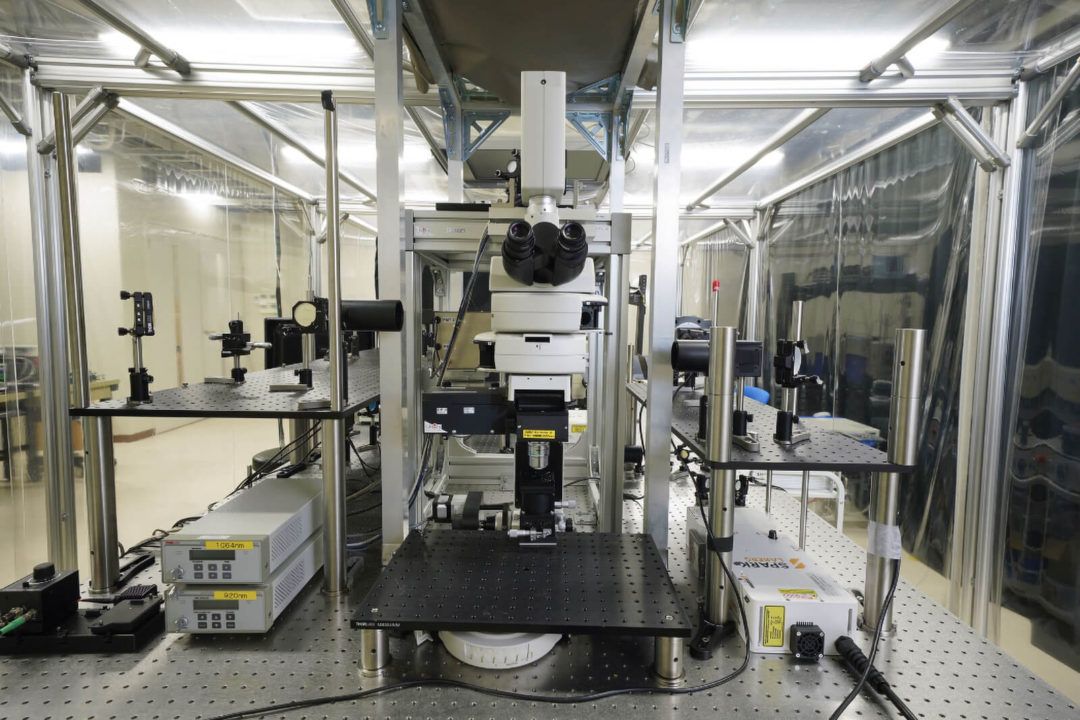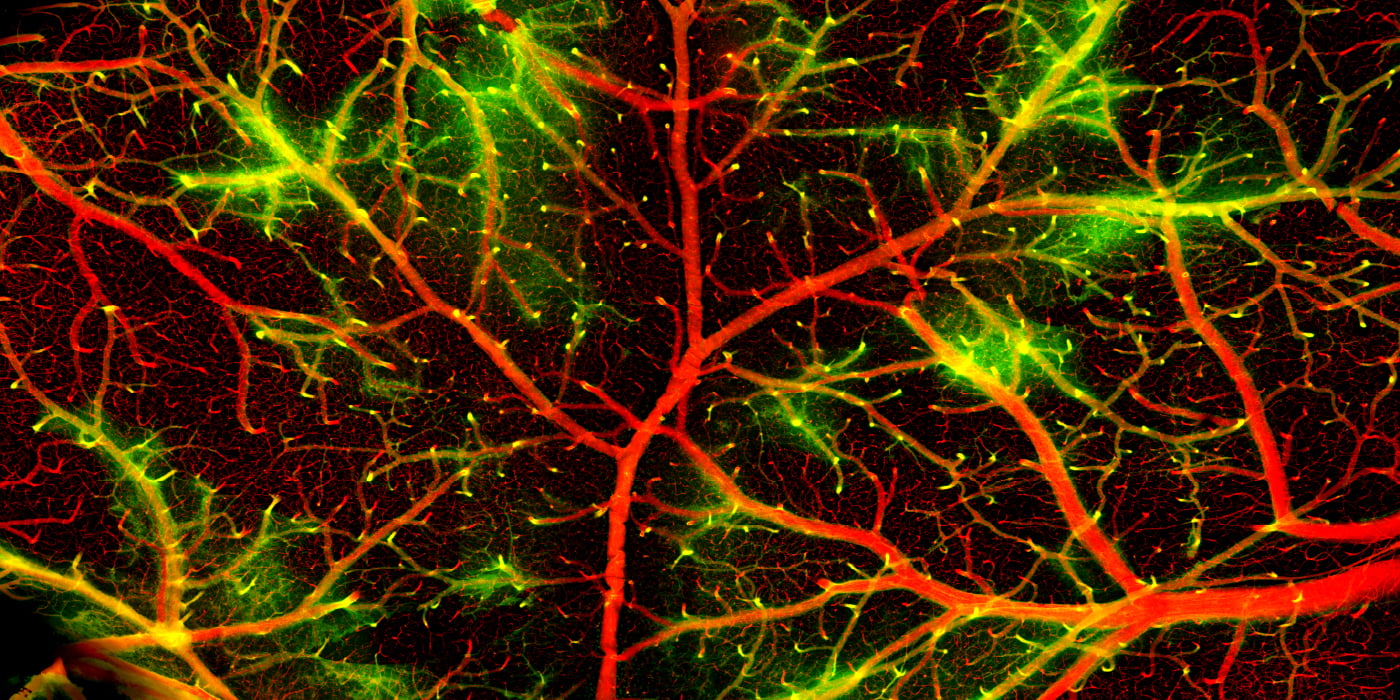The Advanced Interdisciplinary Research, eXtreme (Kiwami) Project (2018.10-2022.3)
The Kobe University Advanced Interdisciplinary Research, eXtreme Project “Four-Dimensional Measurement and Manipulation of Life Phenomena by Holographic Technology and Its Applications” which was launched in 2018, has been conducted as a joint research project among different fields of optics, medicine, biology, and information engineering. One of the most outstanding achievements to date has been the successful development of a “Holographic Live Imaging & Manipulation (HoLM) microscope,” which adds the ability to manipulate brain neuronal activity with optical stimulation to an optical microscope that specializes in observation (Fig. 1), which has the ability to manipulate live imaging and manipulatable two-photon excitation holographic cell activity, and has been promoting world-leading research. Three patents have already been granted by Kobe University and two patents are submitted. Based on these patents, we are now working on the practical application of holographic microscopy, mainly through JST A-STEP. We are also working on the elucidation of stem cell formation in plants by using imaging theory and technology through scattering media.


Center of Optical Scattering Image Science (2022.4-)
As the eXtreme Project has been going well, we came across scattering phenomena as the primary cause of hindrance to deep biological imaging as a further challenge. We recognized that overcoming the scattering phenomenon is a major challenge to visualize activities in the deep interior of living organisms and to unravel the entire biological process. Although scattering phenomena has long been a subject of study, it has been treated statistically. High-resolution imaging of individual scattering media and guiding light inside the scattering media, coupled with modern advances in information science, mathematical science, and optical measurement technology, led us to the idea of “imaging theory and technology through scattering media,” a new approach to overcome scattering. Since 2020, I have been working on the creation of a new fusion research area as a representative of the “Comprehensive understanding of scattering and fluctuated fields and science of clairvoyance,” a research area under the Grant-in-Aid for Transformative Research Areas (A).
The center was established in 2022 as a center of excellence in innovative researches on imaging theory and technology through scattering media. Starting from the eXtreme Project, the center has been working on organizational development, joint research with domestic and international partners, and strengthening industry-academia collaboration. Currently, the center is operated in collaboration with faculty members of four graduate schools of sciences (Graduate School of System Informatics, Graduate School of Science, Graduate School of Medicine, and Graduate School of Engineering) and one center (Research Center for Urban Safety and Security). 11 faculty members are engaged in four divisions (Optical Scattering Imaging Division, Mathematical Modeling Division, Applications Division, and International Collaboration Division), and are engaged in research on imaging theory and technology through scattering media, and on the development and application of holographic technologies. The center plays a cross-organizational role in life science research at Kobe University and contributes to the strengthening of the university’s research capabilities.

